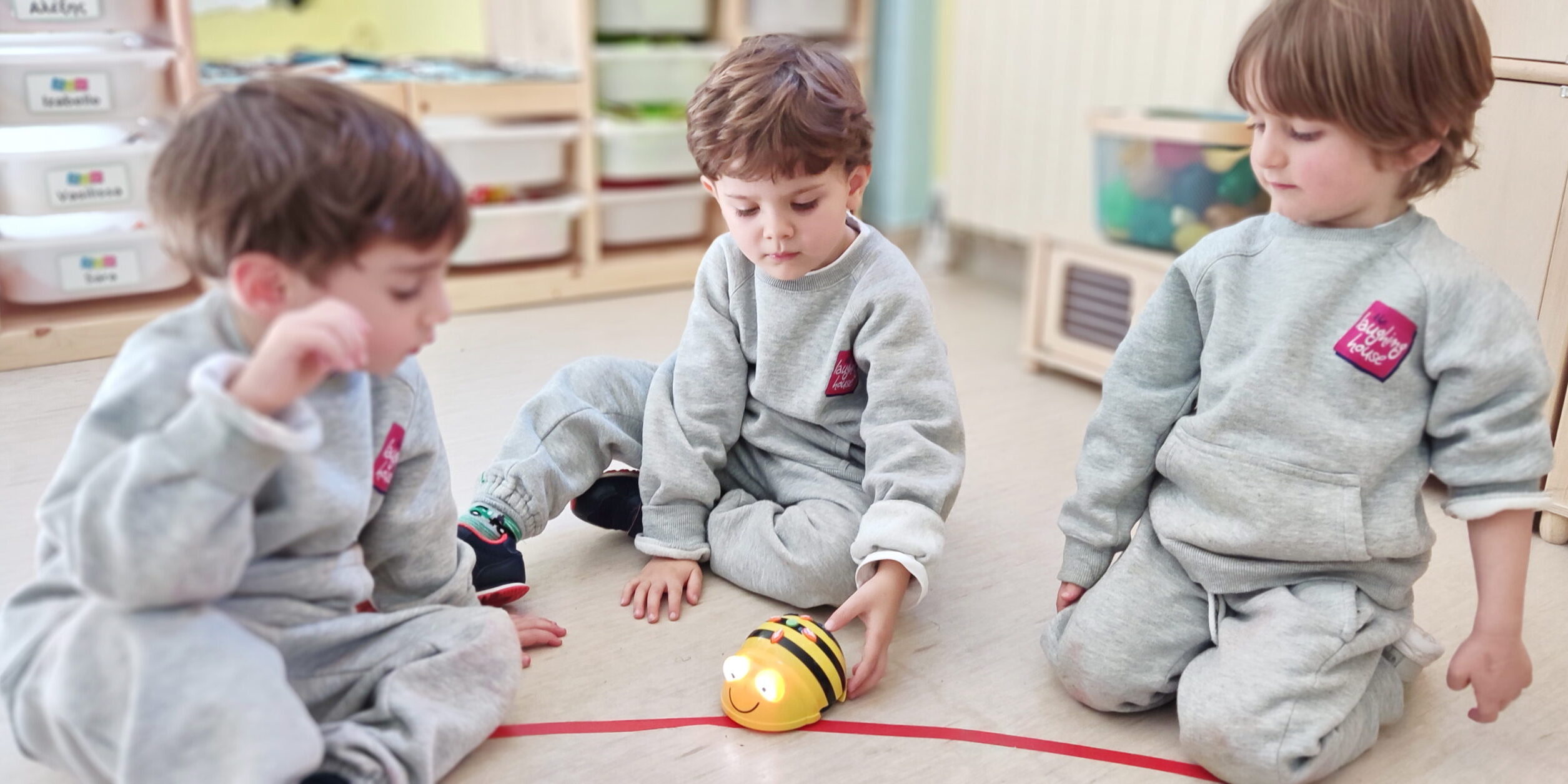S.T.E.A.M.: What, when, how, where and why?
S.T.E.M. appears at the beginning of the 20th century in the USA and is based on the development of life, economy and competition for jobs. Its main objective was to improve competitiveness in the fields of science and technological development and it was believed that the competitiveness of a country must be based on a strong education system that prepares innovative scientists and engineers.
We are entering the 21st century, with scientific and technological innovations having created many challenges and new technological conditions for which students need to develop the competences and skills offered by S.T.E.M. (Van Laar et al., 2017). In the 21st century, therefore, we should have the so-called “21st century skills”: collaboration, communication, research, problem solving, critical thinking, creativity and adaptability.
But why so much talk about S.T.E.M. in education and why should we bother with S.T.E.M.? The nature of education is directly dependent on social, economic, political and cultural needs. If one asks oneself, what kind of education system we need and how we should organize the educational program, one has to explore: which citizen and which worker we will need tomorrow (Zdybel et al. 2019). Therefore, adaptation in the 21st century will come with the acquisition of skills, the creation of new knowledge and with transformation and flexibility.
From S.T.E.M. to S.T.E.A.M.
S.T.E.A.M., as we say Science. Science, is about an exploratory context where children will develop scientific thinking. We always start with a question that will motivate the children, that will be meaningful to them, that will be directly related to real life, to their experiences. To promote the inquiry methodology we follow a specific order: Question, Hypothesis, Observation, Experiment/Test, Recording, Result, Conclusion. Among scientific topics that can be exploited are thermal phenomena: evaporation, melting, freezing, evaporation, biological concepts and phenomena, magnetism, air, etc.
S.T.E.A.M., as we call Technology. In the kindergarten curriculum, technology appears as ICT. They start with the introduction to the E.Y., the different technological tools, continue with communication through technology and we come to a unit entitled: “Investigation, experimentation, discovery and problem solving using ICT”. Among the topics proposed in the curriculum, there is educational robotics, starting in 1980 by Papert, who created the programming language logo (Komis, 2004).
S.T.E.A.M., as in Engineering. Engineering combines the principles of science, mathematics and technologies. It follows the diptych: design + test “design and test”. Through engineering activities, students can develop problem-solving skills, critical thinking and get into the processes of design, test and efficiency. Designing a maze, or a ramp for cars for example, are engineering activities.
S.T.E.A.M., as we say Arts. Art, came to be added to S.T.E.M. in the last decade (Sharapan, 2012). The arts enhance creativity, ingenuity and imagination and, are inextricably linked to both mathematics from the time of ancient Greece and Egypt, and engineering, having Leonardo Da Vinci’s architectural engineering as a notable example (Chung, 2014). Exploring and experimenting with different painting tools and materials is one example.
S.T.E.A.M., as in Mathematics. Mathematics is the science that can be clearly and accurately defined in terms of content. According to the 2014 curriculum, it is stated that the student should develop “mathematical action”. Mathematical action refers to children’s ability to look for properties, relationships, abilities, identify similarities and differences, look for ways to solve and solve problems, measure distances (indirectly or directly), predict and orient themselves in space.
In summary, S.T.E.A.M. promotes the interdisciplinarity of the five subjects and aims to integrate these fields, to strengthen thinking and, more specifically, effective thinking. We must keep in mind that learning is a dynamic process that is constantly changing and we must be there to guide students to the ability to use knowledge and skills within their everyday lives.
Helen Stavropoulou
Msc ICT for Education

Chung, C. C. J. (2014). Integrated STEAM education through global robotics art festival (GRAF). In 2014 IEEE Integrated STEM Education Conference (pp. 1-6). IEEE.
Sharapan, H. (2012). From STEM to STEAM: How Early Childhood Educators Can Apply Fred Rogers’ Approach. YC Young Children, 67(1), 36-40. https://www.proquest.com/scholarly-journals/stem-steam-how-early-childhood-educators-can/docview/927664843/se-2
Van Laar, E., Van Deursen, A. J., Van Dijk, J. A., & De Haan, J. (2017). The relation between 21st-century skills and digital skills: A systematic literature review. Computers in human behavior, 72, 577-588.
Zdybel, D., Pulak, I., Crotty, Y., & Fuertes Camacho, M. T. (2019). Developing STEM skills in kindergarten: opportunities and challenges from the perspective of future teachers. Edukacja Elementarna w Teorii i Praktyce.
Κόμης, Β. (2004). Εισαγωγή στις Εκπαιδευτικές Εφαρμογές των Τεχνολογιών της Πληροφορίας και των Επικοινωνιών. Αθήνα: Εκδόσεις Νέων Τεχνολογιών.
Υ.ΠΑΙ.Θ./Ι.Ε.Π. (2014α) Πρόγραμμα Σπουδών Νηπιαγωγείου. Αθήνα: Υπουργείο Παιδείας και Θρησκευμάτων / Ινστιτούτο Εκπαιδευτικής Πολιτικής. Ανασύρθηκε από: http://repository.edulll.gr/1947
Υ.ΠΑΙ.Θ./Ι.Ε.Π. (2014β) Οδηγός Εκπαιδευτικού για το Πρόγραμμα Σπουδών του Νηπιαγωγείου. Αθήνα: Υπουργείο Παιδείας και Θρησκευμάτων / Ινστιτούτο Εκπαιδευτικής Πολιτικής. Ανασύρθηκε από: http://repository.edulll.gr/1859

